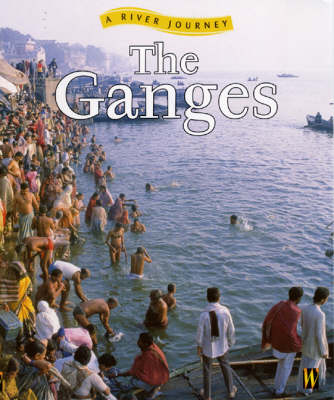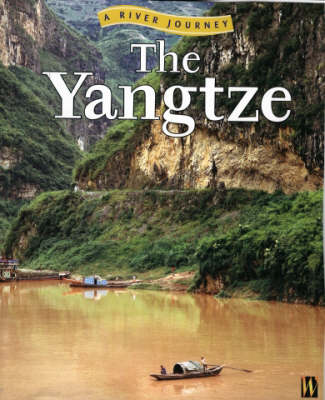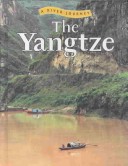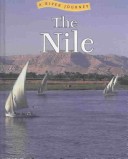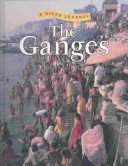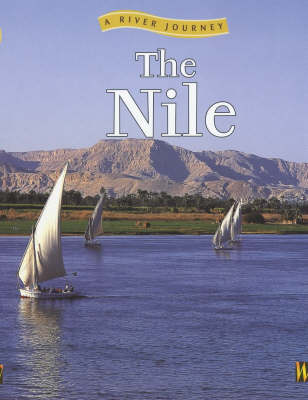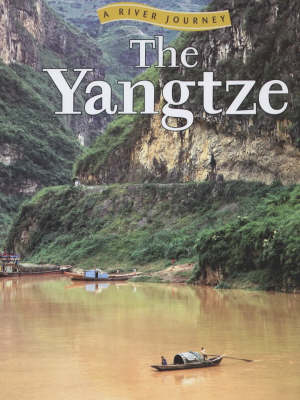A River Journey
7 total works
For more than three hundred and fifty million people who live near its banks, the Ganges River represents life. It nourishes and cleans them, helps them travel, and lies at the heart of their religious beliefs. The Ganges has more than a hundred names, but Hindus call it Gangamai, or Mother Ganga. As we travel its 2,500 kilometres from the Himalayan Mountains to the Bay of Bengal, we see how the Ganges is used. It is endangered by pollution and its future is at risk from global warming and water disputes - but the Ganges remains one of the world's greatest rivers. The river is divided into five sections and each section begins with a map showing the area that will be covered. Map references are highlighted within the text to show the reader where they are on their journey. The text has been written in themes - economic, social, nature, people and history - to enable the reader to study particular aspects of the river along its course.
We follow the Yangtze's incredible 6,300 kilometre journey through some amazing landscapes; from rice paddies to dramatic gorges, and over vast plains until we reach the heavily urbanized delta, where the Yangtze ends its journey in the East China Sea. By 2009, a section of the Yangtze river and its surrounding area will, controversially, become part of the world's biggest reservoir. Much of what we will see on this stretch of the journey may be underwater in a few years time and will be changed forever! We find out why this is happening, and about the people and places that line this fascinating river. In this book, the river is divided into five sections and each section begins with a map showing the area that will be covered. Map references are highlighted within the text to show the reader where they are on their journey. The text has been written in themes - economic, social, nature, people and history - to enable the reader to study particular aspects of the river along its course.
A journey up the Nile River is a voyage along the largest river in the world. We travel the entire 6,670km, from the enormous Lake Victoria in East Africa, to the huge fan-shaped delta where the Nile joins the Mediterranean Sea. Along the way we will see some beautiful landscapes, exotic wildlife and learn more about the people and places that line this extraordinary river. In this title, the river has been divided into six sections and each section begins with a map showing the area that will be covered. Map references are highlighted within the text to show the reader where they are on their journey. The text has been written in themes - economic, social, nature, people and history - to enable the reader to study particular aspects of the river along its course.
For more than three hundred and fifty million people who live near its banks, the Ganges River represents life. It nourishes and cleans them, helps them travel, and lies at the heart of their religious beliefs. The Ganges has more than a hundred names, but Hindus call it Gangamai, or Mother Ganga. As we travel its 2,500 kilometres from the Himalayan Mountains to the Bay of Bengal, we see how the Ganges is used. It is endangered by pollution and its future is at risk from global warming and water disputes -- but the Ganges remains one of the world's greatest rivers. The river is divided into five sections and each section begins with a map showing the area that will be covered. Map references are highlighted within the text to show the reader where they are on their journey. The text has been written in themes - economic, social, nature, people and history - to enable the reader to study particular aspects of the river along its course.>
A journey up the Nile River is a voyage along the largest river in the world. We travel the entire 6,670km, from the enormous Lake Victoria in East Africa, to the huge fan-shaped delta where the Nile joins the Mediterranean Sea. Along the way we will see some beautiful landscapes, exotic wildlife and learn more about the people and places that line this extraordinary river. In this title, the river has been divided into six sections and each section begins with a map showing the area that will be covered. Map references are highlighted within the text to show the reader where they are on their journey. The text has been written in themes - economic, social, nature, people and history - to enable the reader to study particular aspects of the river along its course.
We follow the Yangtze's incredible 6,300 kilometre journey through some amazing landscapes; from rice paddies to dramatic gorges, and over vast plains until we reach the heavily urbanized delta, where the Yangtze ends its journey in the East China Sea. By 2009, a section of the Yangtze river and its surrounding area will, controversially, become part of the world's biggest reservoir. Much of what we will see on this stretch of the journey may be underwater in a few years time and will be changed forever! We find out why this is happening, and about the people and places that line this fascinating river. In this book, the river is divided into five sections and each section begins with a map showing the area that will be covered. Map references are highlighted within the text to show the reader where they are on their journey. The text has been written in themes - economic, social, nature, people and history - to enable the reader to study particular aspects of the river along its course.
